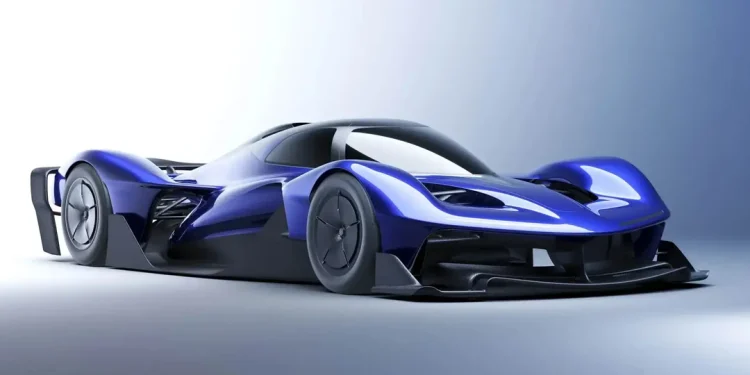Exclusive Red Bull RB17 features screaming V10 and F1 tech
Words NZ Autocar | Images Reddit, modifiedrides
The V10-powered 350km/h two-seat RB17 is the final Red Bull project from Adrian Newey who is leaving the firm. Where he goes to next is the subject of much conjecture. But evidently it is not Ferrari as per rumours. RB17 was last mentioned here in 2022.
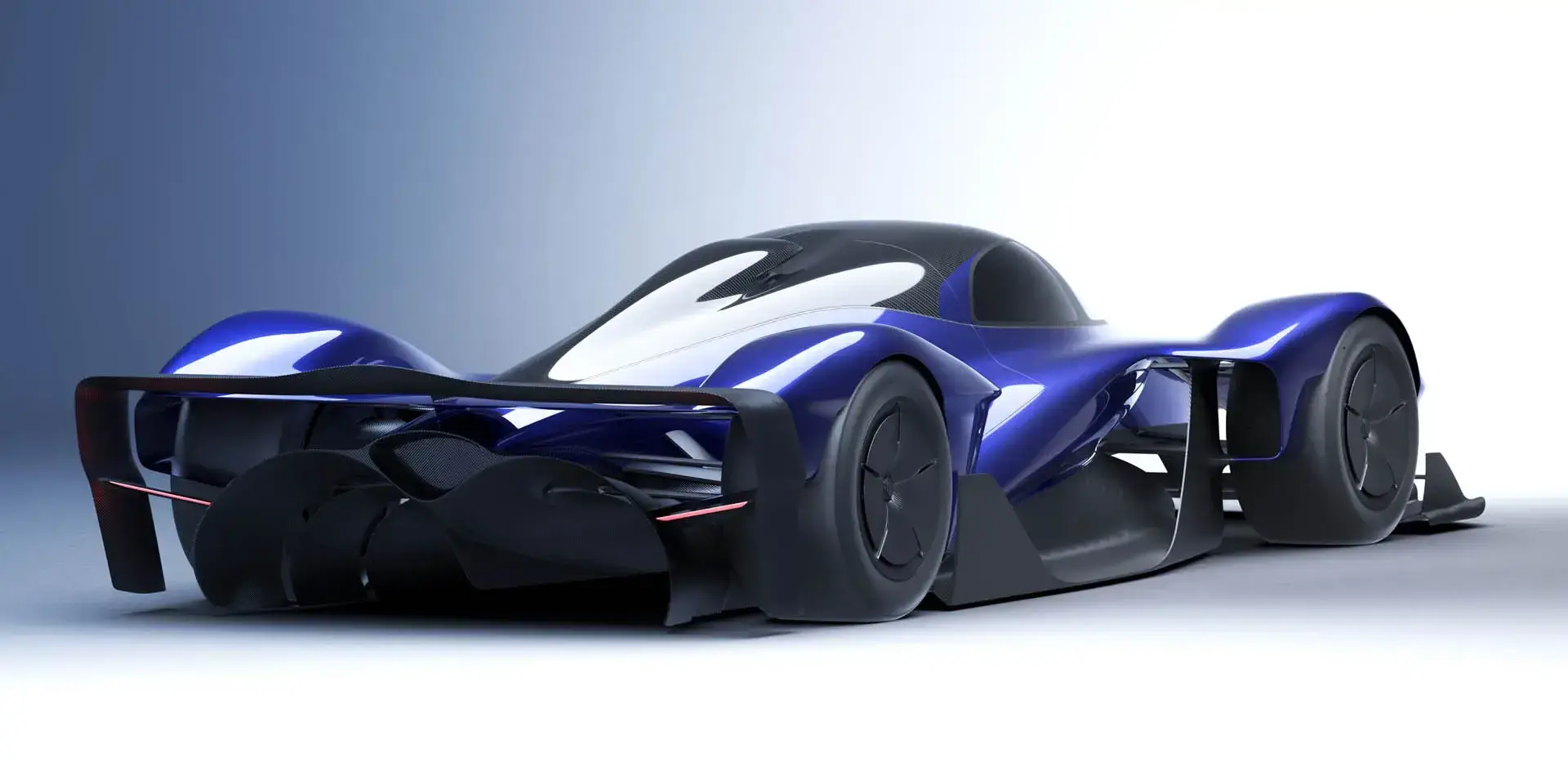
Development of the RB17 is now nearing completion. They’ve already fired up the Cosworth-developed engine which should be good to go soon. However, track testing is apparently still a year away.
Powering the automotive artwork is an 883kW naturally aspirated V10. Originally a twin-turbo V8 was envisaged for the RB17’s rear wheels and a motor to drive the front hoops. However, the production model is rear-drive only, using a normally aspirated V10 developed by Cosworth and it’s mated to a more conventional hybrid system. The 735kW V10 evidently spins to 15,000rpm. Newey said they switched to natural aspiration by going to pneumatic valves instead of valve springs, enhancing rev potential. The aim of the normally aspirated V10 engine is weight of 150kg, 15,000rpm and 1000hp. Plus some durability.
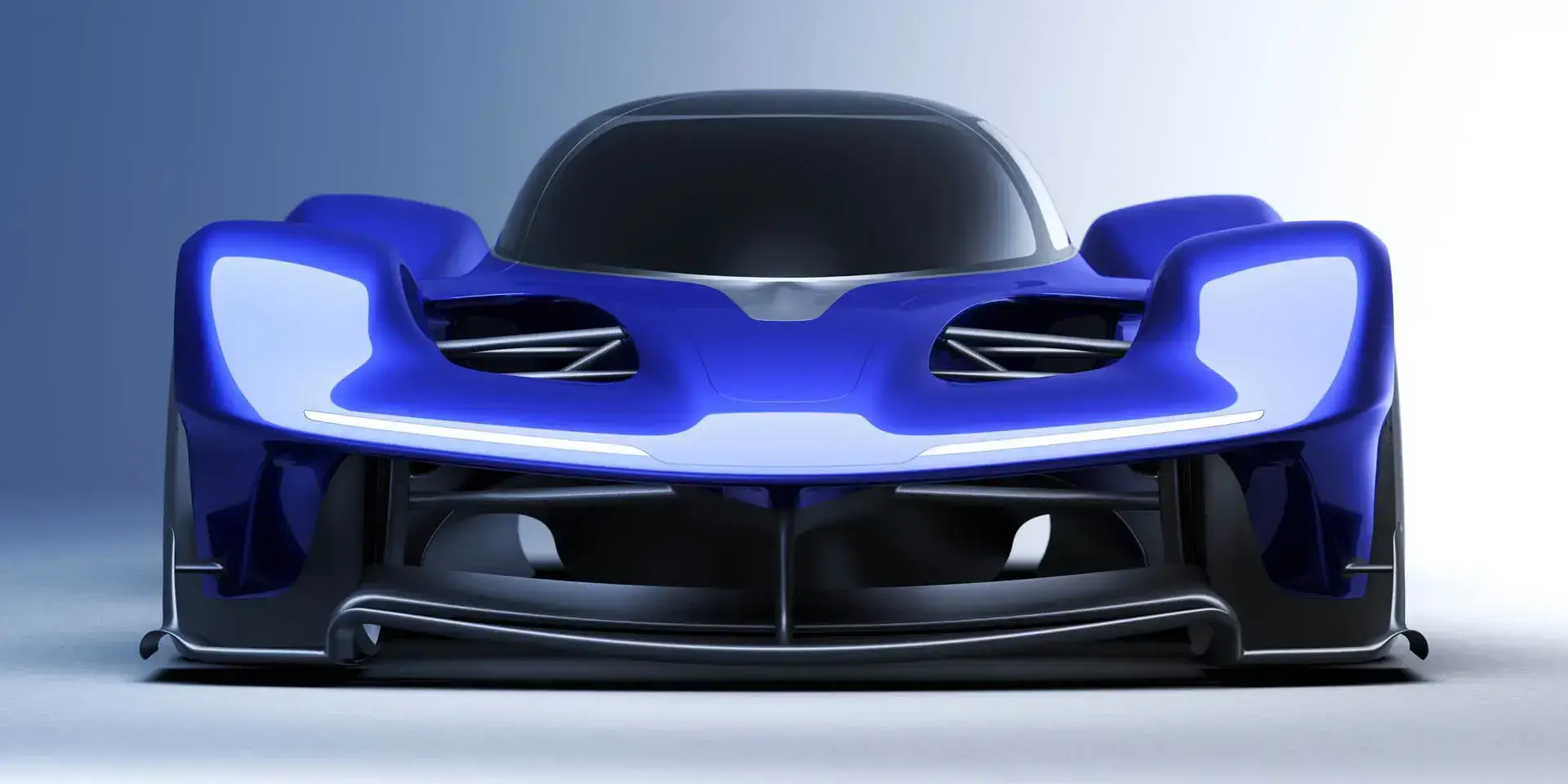
The whole car weighs an astounding 805kg in its lightest form, though it has no air conditioning or a glass windscreen. That’s despite it being five metres long and two metres wide.
The engine is hooked up to a carbonfibre transmission of Red Bull’s design that integrates a 147kW electric motor. This aids performance and also acts as a starter motor and reverse gear.
The RB17, unlike the Valkyrie, Newey’s previous hypercar outing, is not designed for the road so is not subject to road regulations. The RB17 is a pure track machine. Its development involved a team of around 120 engineers at Red Bull Advanced Technologies.
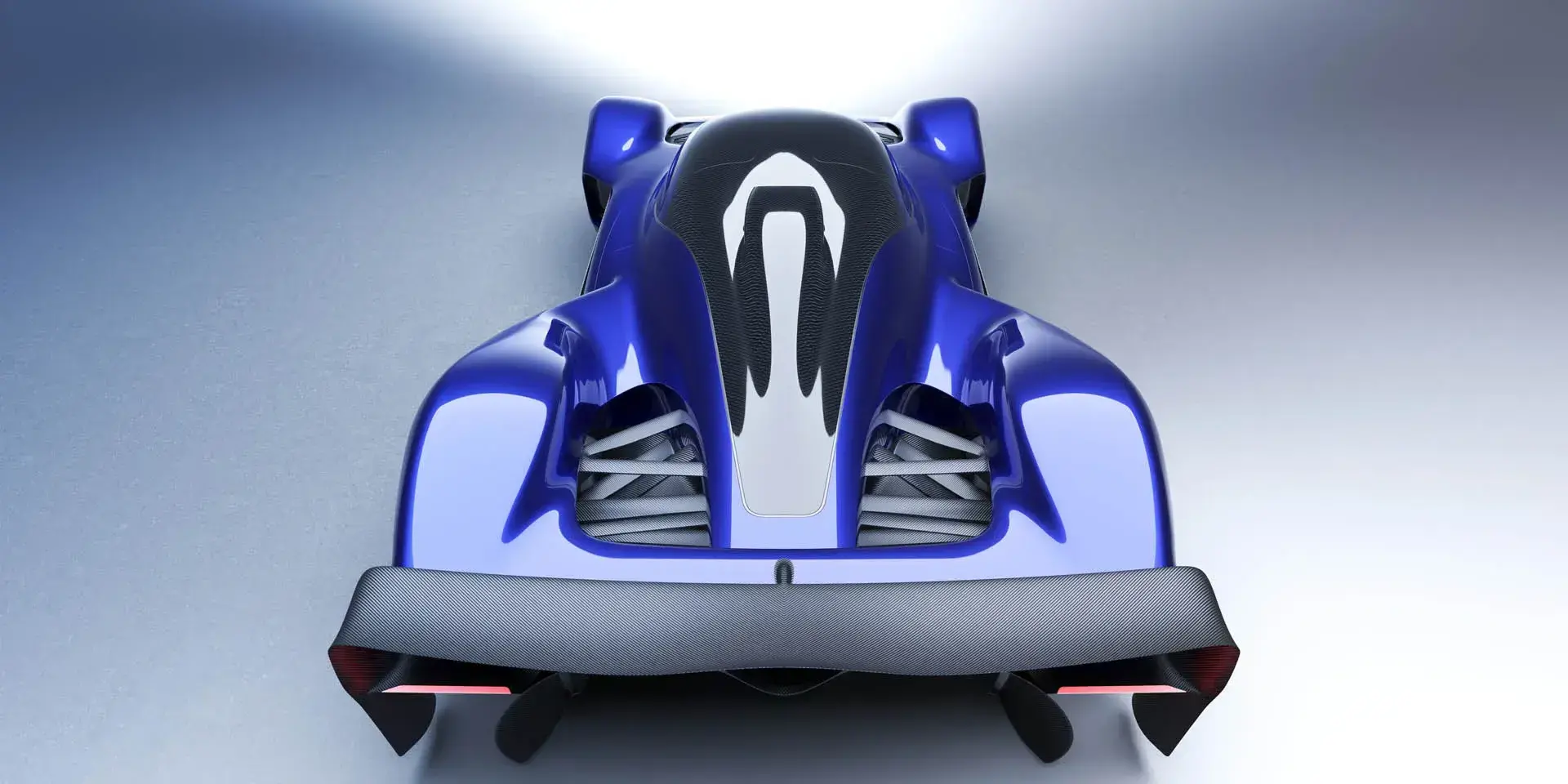
The specification of the RB17 includes active aerodynamics and suspension systems that Newey pioneered in F1 for teams like McLaren, Williams and Red Bull. He is widely regarded as the most influential engineer in F1.
He said that there were three absolutes for the project: to look and sound spectacular, and to enable drivers of all levels to go out and enjoy themselves, not just F1 pilots.
Three tyre options are available. Each is a Michelin development, specifically designed for the RB17. One is a slick that unlocks the car’s full performance potential.
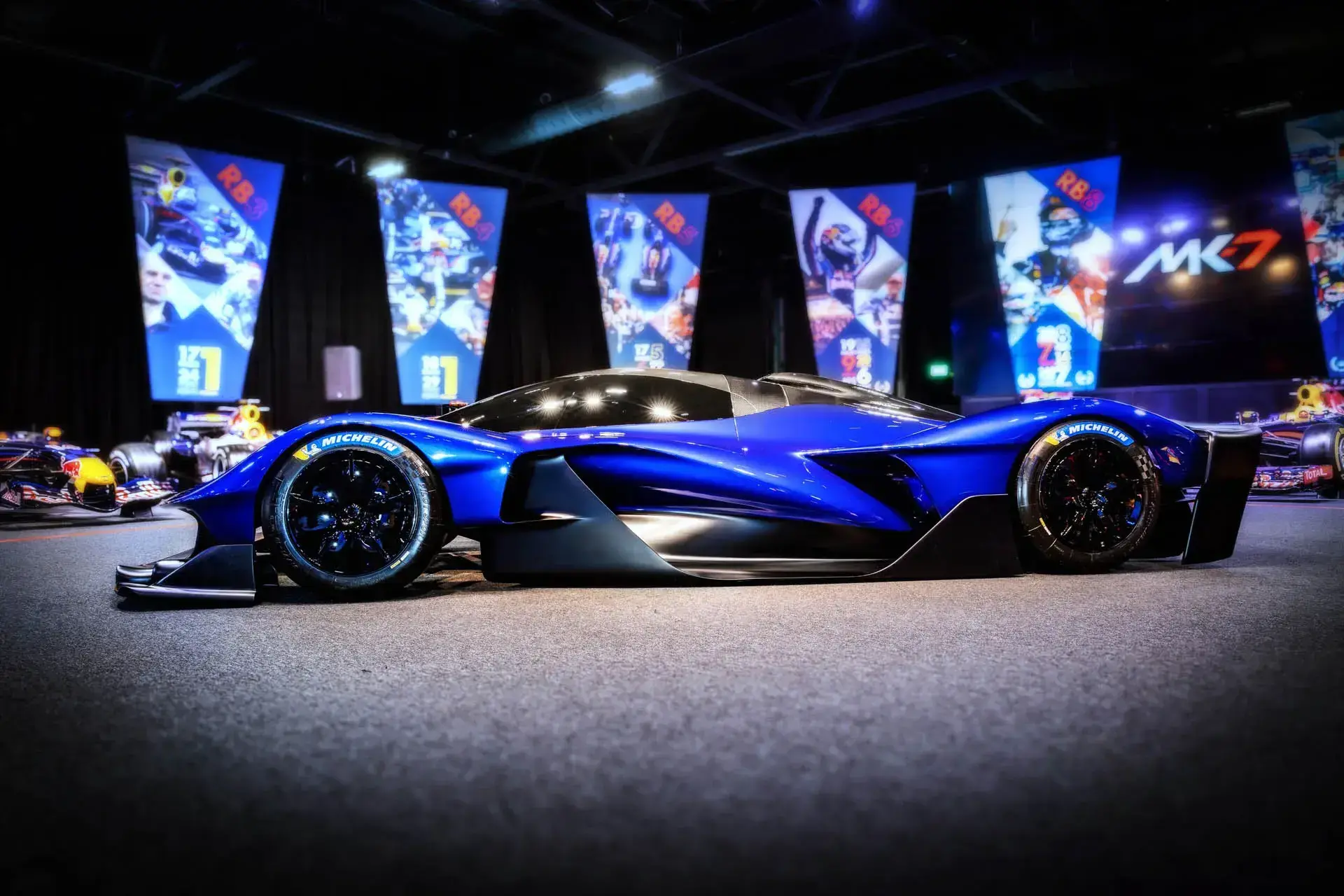
The model shown off at Goodwood this past weekend is almost a year old. Newey said today’s car is somewhat smaller.
He added that the RB17 can be made into a road-legal car, though it requires the addition of emissions and safety gear. As is, it evidently complies with LMH motorsport safety regulations.
That said, the RB17 does not comply with any existing race series. Instead, Red Bull will instead offer customers bespoke track days and experiences. F1 drivers have helped aid in development but a broader range of drivers will be invited to test drive it.
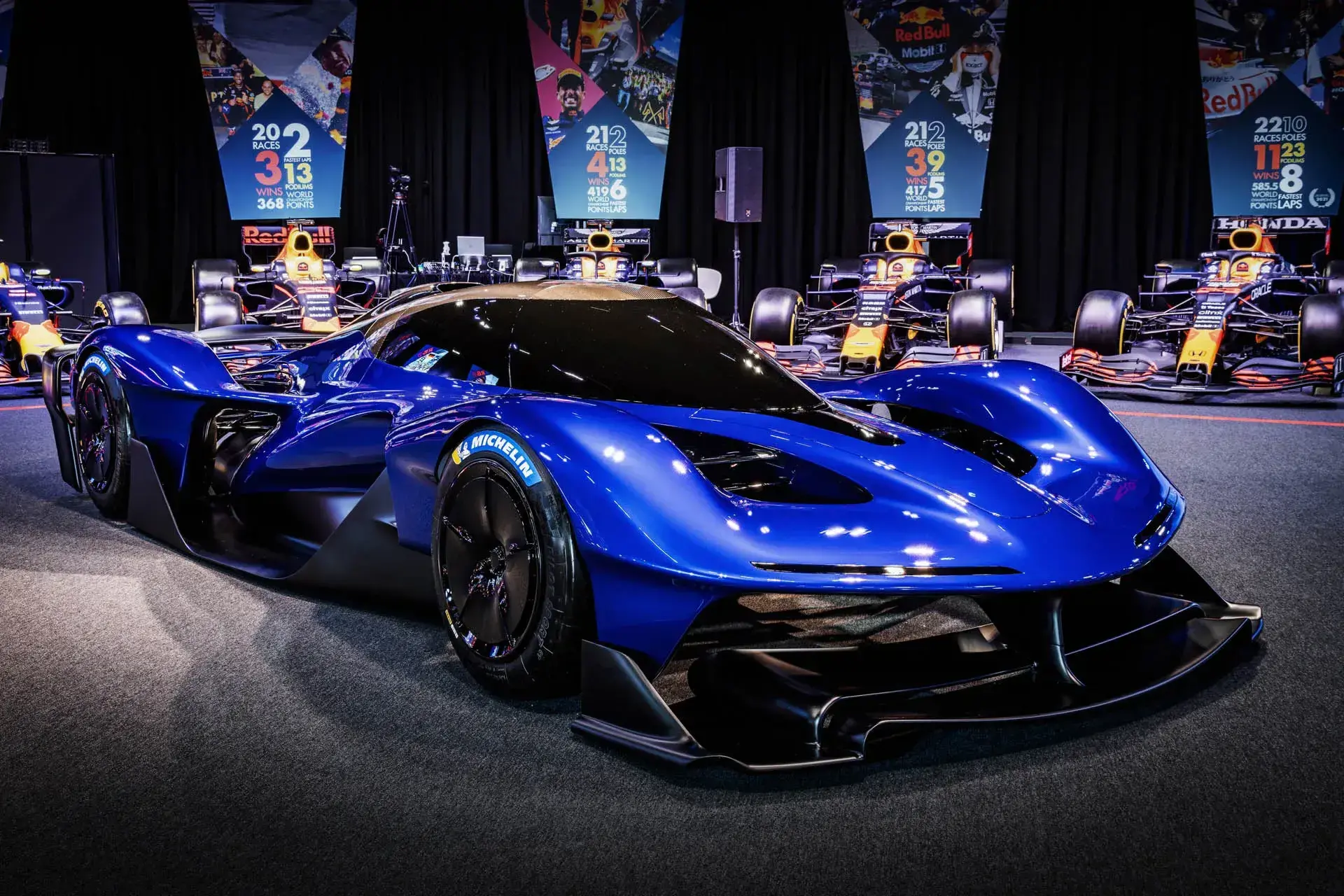
Asking Newey why he made the car, the chief technical officer at Red Bull Technology said the firm wanted to “create a new landmark”. It is evidently rather different from Valkyrie. It has interior storage space, for example, while the engine is rubber mounted to reduce unwanted noise, meaning more combustion clamour is audible.
Newey says it’s analogue to drive, especially its balance through corners which is adjusted by twirling knobs and flicking switches.
Red Bull will produce 50 cars over two years. The firm is using the same suppliers as it does for its F1 cars. Despite being £5m a pop, many are already sold.


